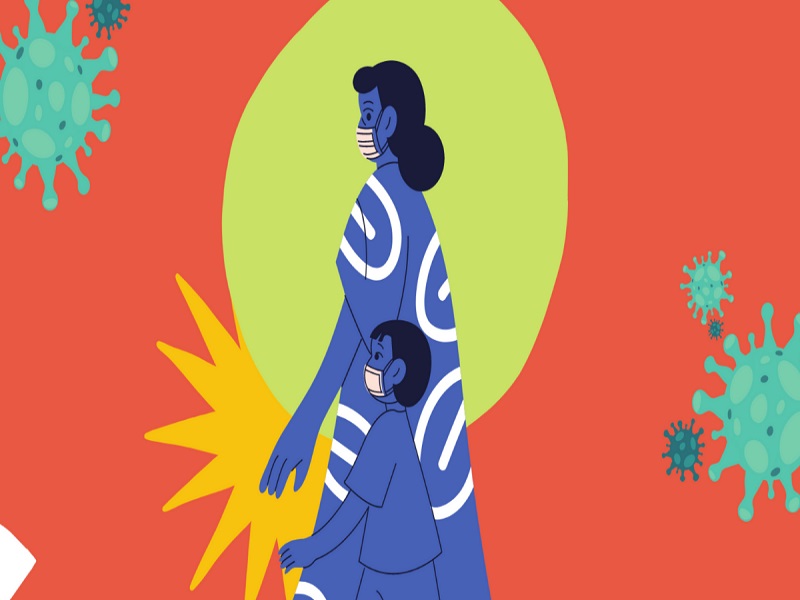COVID-19 has engendered a wide variety of responses from communities of researchers and acti-vists. Understandably, given the scale and urgency, much of the conversation so far has been framed in medical terminology and in disaster, rescue, and relief terminology. Yet, field experiences from across the country also suggest that the experience of the disease has been mediated by caste and gender. Chronic underinvestment in public infrastructure and services left these households and individuals exposed to risk that is hard to measure. Women and Dalits suffered dis-proportion-ately heavy losses, lasting injury, and indignity.1 Based on my own practice as a teacher and activist who identifies most with dalit and feminist formations, I want to suggest that a situated practice informed by Dalit feminist sensibility is our best bet against the pandemic. In popular discourse, Dalit feminism has often been cast as an oppositional practice--antagonistic at once to savarna feminism and Brahmi-nical patriarchy within and outside our own communities.
This tendency was already diagnosed and commented on by Gopal Guru (1995) and Sharmila Rege (1998), and subsequently elaborated by several authors including Guru (2019), Patil (2013), Arya et al (2019) and Paik (2021).2 Both Guru and Rege captured the promise and the pitfalls of Dalit feminist praxis and the responses from the broader leftist and feminist formations of that time. In the last two decades, we have made much progress in articulating the Dalit feminist standpoint as an intersectional standpoint--yet, much of the writing and analysis that has emerged has only confirmed what Guru (1995) cautioned against: the articulate, educated Dalit woman scholar and writer standing in for all Dalit women.
Source: EPW 0 COMMENTS


